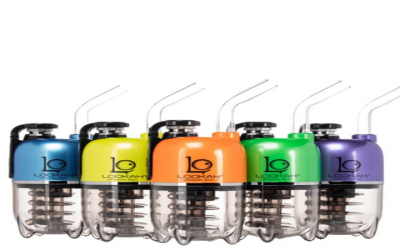A gate valve carries a solid disk up and down to open or close the opening. It is durable and compatible with both liquids and gases passing through it. There are many kinds of gate valves, such as expanding gate valves. These are more durable and provide an excellent bi-directional automated seal since the two-piece gate structure extends against the seating areas in the open or closed position. This way, the greater the torque, the more secured the seal, resulting in a remarkably heat-resistant seal that is unaltered by line pressure or vibration. Here is more on how it works and its various applications.
How does an expanding gate valve work?
A gate valve works by raising a square or circular gate out of the fluid’s flow channel. Gate valves are full bore when fully opened, meaning there is nothing to block the flow because the pipeline diameter and opening of the gate are the same. Expanding gate valve have two parts: a gate and a segment. The gate and segment units detach from one another to allow for transit when the valve fully opens or closes to form a mechanical seal.
What is the difference between an expanding and normal gate valve?
Expanding gate valves, in contrast to standard gate valves, feature a heavier valve body casting. In addition, in contrast to slab gate valves, expanding gate valves have two components: the segment and the gate.
What is an expanding gate valve used for?
The Expanding Gate (EG) Valve is incredibly adaptable, and it’s normally used in most situations where a positive liquid or gas should get shut off. Due to its unique structure, expanding gate valves find utility in specific areas. Applications include:
• Pipeline valves in critical areas
• Block valves in process systems
• Isolation valves in power plants
• High-temperature valves in refineries
• ESD valves in manufacture
The two-piece gate assembly expands against the seating areas whether the valve is in the open or closed position, giving the expanding gate valve model a superior bi-directional mechanical seal. Keep in mind that a tighter seal results from a higher torque.



